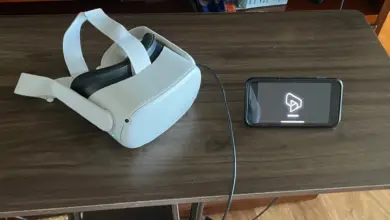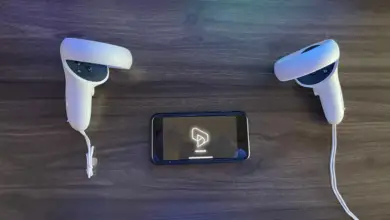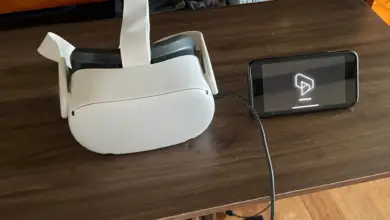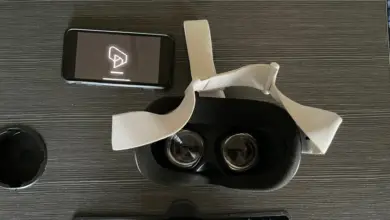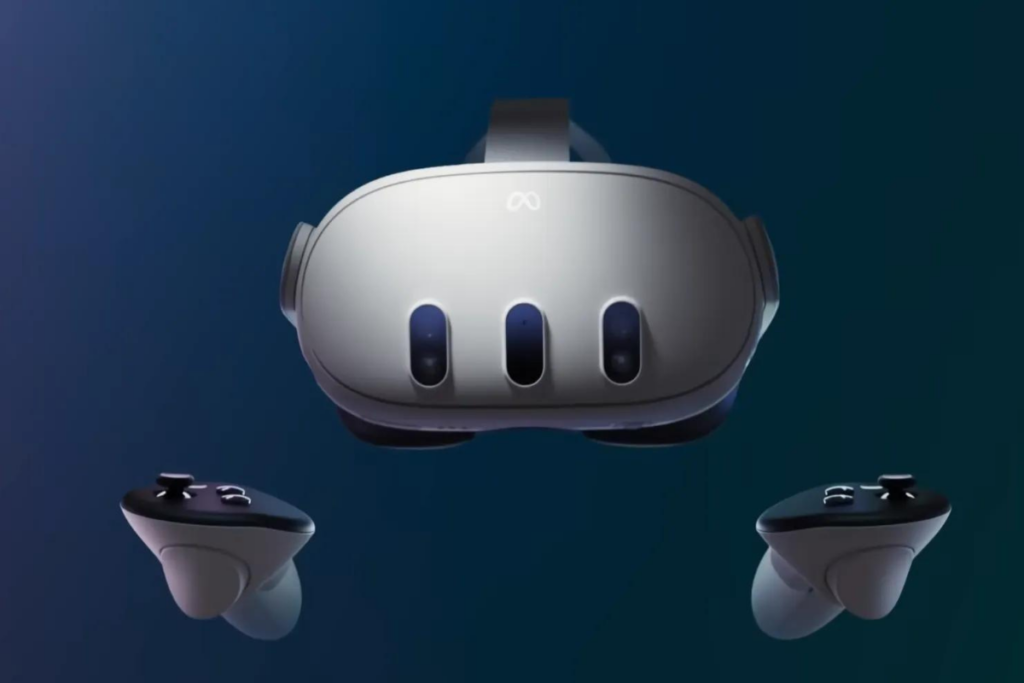
The highly-anticipated Meta Quest 3 Mixed Reality (MR) headset, expected to be released in the fall of 2023, was officially unveiled at the Meta Connect showcase event. It promises a wealth of innovative features and a user-friendly design.
Meta seems to have taken past user feedback seriously, delivering a device with enhanced performance and design, utilizing its Reality technology while maintaining Virtual Reality (VR) compatibility for diverse gaming and app experiences.
The heart of the Quest 3 is its next-gen Qualcomm Snapdragon XR chip. The new chip offers twice the graphical performance of its predecessor, the Quest 2, promising smoother gameplay, more realistic environments, and an overall superior VR experience.
Aside from impressive internal tech, the Quest 3 boasts a slimmer, more comfortable form. With a pancake lens design, it is 40 percent thinner than the Quest 2. This sleekness could appeal to users who found older VR headsets bulky and inconvenient.
The Quest 3 also steps up in terms of display, featuring a higher resolution than the Quest 2 and introducing a feature known as High-fidelity Color Passthrough. This technology is designed to seamlessly merge the real and virtual worlds, paving the way for innovative MR gaming and experiences.
The headset comes fitted with 4MP RGB color cameras, a depth sensor, and offers ten times more Passthrough pixels than the Quest 2, enhancing the blended reality effect.
The newly designed Touch Plus controllers offer a more natural extension of users’ hands. Notably, they have dropped the outer tracking rings and consume less space. But the innovation doesn’t stop there – controllers aren’t even essential. With the Direct Touch feature, hand-tracking is supported right out of the box.
Content-wise, the Quest 3 does not disappoint either. Meta announced 41 new apps and games, including blockbuster titles such as Asgard’s Wrath 2 and Assassin’s Creed: Nexus VR. In addition, all favorites from the Quest 2 will be playable on the new device, thanks to backward compatibility.
A collaboration with Microsoft could further enhance the Quest 3’s offerings, with potential integrations with Xbox Game Pass and Microsoft Office applications on the horizon.
Additionally, comparing the Quest 3 to the Quest Pro, it becomes clear that the Quest 3 is expected to provide superior visuals.
| Features/Criteria | Meta Quest 3 | Meta Quest Pro |
|---|---|---|
| Price | $499 | $ 999 |
| Target Audience | General Consumers | Professionals, Enterprise users |
| Design | 40% smaller than the Quest 2 | Sleek, professional look |
| Strap | Unknown | Single wraparound band with padded front and back sections |
| Battery Life | Unknown | Approx. 2 hours |
| Requirement | Doesn’t require a PC | Doesn’t require a PC |
| Controllers | TruTouch haptics | TruTouch haptics with Advanced built-in tracking |
| Controller Battery | Unknown | Rechargeable |
| Resolution | 2064 x 2208 pixels per eye | 1920 x 1800 pixels per eye |
| Refresh Rate | 120 Hz | 90 Hz |
| Processor | Qualcomm Snapdragon XR2 Gen 2 | Snapdragon XR2+ |
| RAM | Unknown, expected to be higher than Quest 2 | 12GB |
| Storage | 128GB model and likely a 256GB option | 256GB |
| Standalone | Yes | Yes |
| Additional Tech | Hand tracking, voice commands, Mixed reality | Hand tracking, voice commands, Mixed reality, Eye and face tracking, |
| Software Compatibility | Backward compatible with all Quest and Quest 2 titles | Backward compatible, but few Pro-only titles available |
| Color | White | Black |
| Tracking | Unknown | Three forward-facing and two side-facing cameras |
| Charging method | Unknown | Charging cradle |
| Comfort | Expected to be more comfortable due to smaller size | Comfortable, improved fit over Quest 2 |
| Extras | Unknown | Optional Full Light Blocker |
| Sound | Unknown | Integrated speakers, dual 3.5mm headphone jacks |
| Setup | Unknown | Guardian system with color pass-through and additional face and eye tracking calibration |
| Peripheral Vision Isolation | Unknown | No, needs optional Full Light Blocker |
The Quest 3 supports a 120Hz refresh rate and boasts a higher resolution (2064 x 2208 pixels per eye), surpassing the Quest Pro’s 90Hz refresh rate and 1920 x 1800 resolution.
Powering the Quest 3 is the Qualcomm Snapdragon XR2 Gen 2 processor, a chip specifically designed for high-performance VR and AR experiences. While the Quest Pro also utilizes a powerful chip, the Snapdragon XR2+, the Quest 3’s XR2 Gen 2 may provide a superior MR experience.
While both devices offer advanced tracking features, the Quest 3 falls short of the Quest Pro in terms of user interaction. The Meta Quest Pro integrates eye and face tracking, a unique feature beneficial for social VR applications.
The Quest 3 is a significant leap forward in the VR/MR market with its superior graphics, sleek design, and fresh content. However, the price point of $499.99 may be a deciding factor for some consumers.
Choosing between the Meta Quest 3 and Quest Pro should ultimately depend on individual needs, preferences, and budget. As Meta continues to innovate in the VR/MR space, users can look forward to even more enhancements and exciting features.


